Fluorescent Peptides
Fluorescent peptides are the critical element in molecular imaging.
Fluorescent imaging is an important molecular imaging technology, it has specific advantages of high sensitivity, non-radiation, selectivity, flexibility, fast response time, experimental simplicity and easy detection. Fluorescent peptides provide biological information at molecular level, enable visualization of the specific molecular in the disease processes, and monitor therapeutic responses.
Fluorescence Chemistry
Fluorescence is a specific process in particular molecules of fluorophores or fluorescent dyes. The fluorescent process is initiated by external sources like laser or incandescent lamp, the photon of energy is abhored by a fluorophore and create an excited electronic singlet state (S1) with only 1–10 nanoseconds. During this time, the energy of S1 dissipates partially. Then the fluorophore returns to the ground state (S0) and emit the photon, because of the energy dissipation during the excited-state lifetime, the energy of photon is lower than initial supplied with a longer wavelength.
The fluorescent spectroscopy has different emission wavelength from the excitation wavelength, while absorption spectrophotometry have the same wavelength in both emission and excitation. Such as: Dabsyl (4-(4-Diethylaminophenylazo)-benzenesulfonyl) is nonfluorescent dye with an absorption and emission peak at the same wavelength 454 nm. While AMC (7-Amino-4-methylcoumarin) dye is fluorescent, it has an absorption peak at 350 nm and an emission peak a 450 nm.
Molecular chromophors and fluorescent dyes
Molecular chromophors and fluorescent dyes can incorporate at various position in peptides, including:
- N-terminus
- C-terminus
- Amino acids side-chains (lysine, glutamic acid, aspatatic acid)
FAM is one of the most popular fluorescent tags in custom peptide synthesis. FAM conjugations have stable performance over its counterpart FITC. FAM carboxamide conjugates are more stable to hydrolysis than FITC conjugates.
Peptide Fluorescent Labeling
Peptides can be tagged with various fluorescent dyes at different positions. Fluorescently labeled peptides are suitable for microscopy, FACS, fluorescent imaging in-vivo.
Available/Classical Dyes
Qyaobio provides a wide range of classical dye options for custom peptide synthesis, these dyes are the cost-effective choice with flexible operational pH.
Classical Fluoresce
| Name | Abs/Em | Applications |
| AMC | 315 /430 nm | Fluorogenic substrates |
| AFC | 382/480 nm | Fluorogenic substrates |
| FAM | 492/518 nm | Labeling |
| FITC | 494/519 nm | Labeling |
| Rh110 | 501/527 nm | Fluorogenic substrates |
| TAMRA | 541/568 nm | Labeling |
| CyLyte Fluor 3 | 550/564 nm | Labeling |
| CyLyte Fluor 5 | 648/663 nm | Labeling |
| CyLyte Fluor 7 | 750/773 nm | Labeling |
| Rox | 568/591 nm | Labeling |
AMC
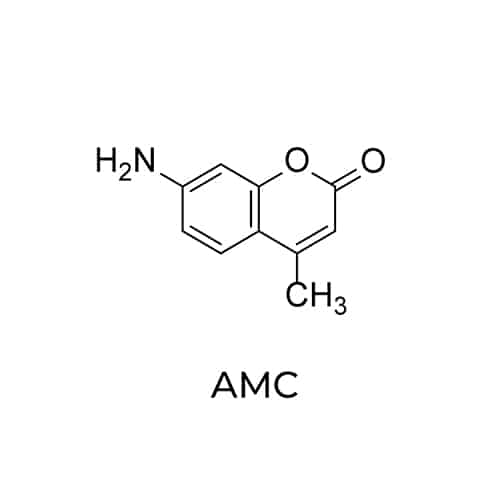
AFC
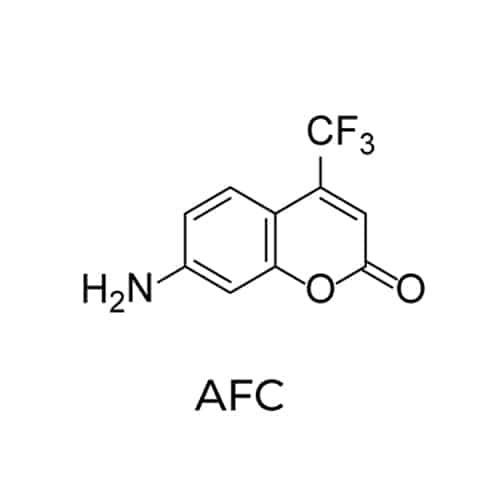
FITC
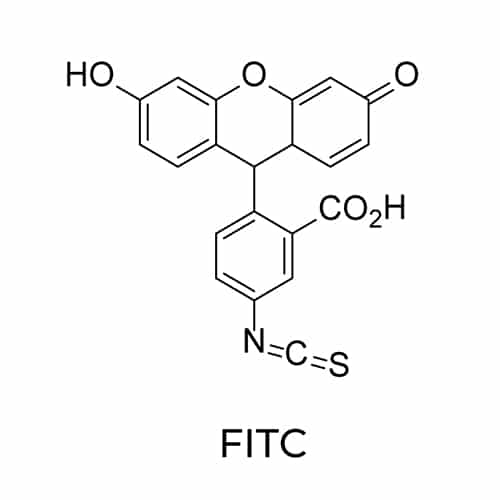
Rh100
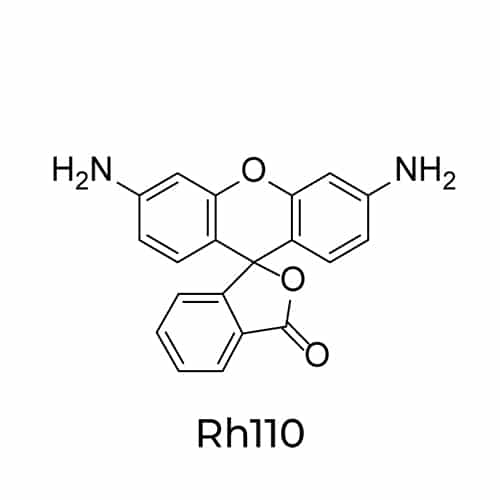
FAM
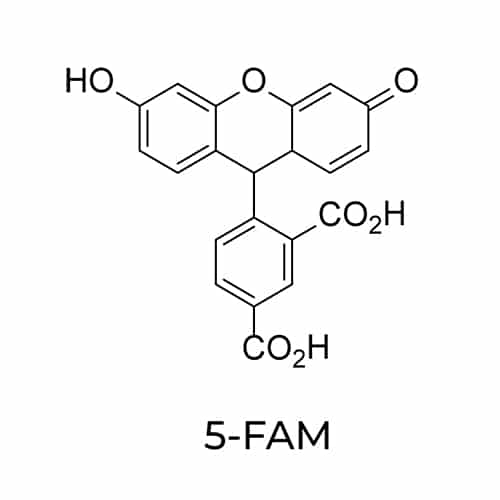
FAM is the most common fluorescent dye in peptides labeling. It is a carboxy with absorption at 495 nm and emission at 517 nm. Moreover, FAM can be used with most fluorescence detection equipment. FAM is used in the PH of 7.5 to 8.5, with attachment to amino or carboxy-terminal. This compound is normally applied in the sequencing of nucleic acids and nucleotide labeling.
TAMRA
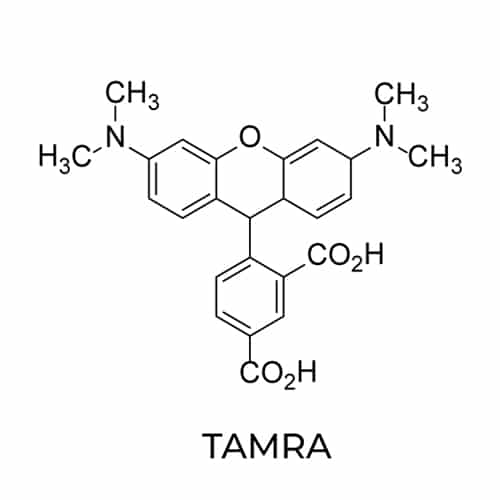
Tetramethylrhodamine is a rhodamine derivative, it has excitation peak at 552 nm and emission peak at 578 nm. TAMRA is commonly used for bioconjugates preparation in immunochemistry studies and cellular imaging. Moreover, TAMRA is also applied for oligonucleotide labeling and DNA sequencing.
Cyanine Dyes
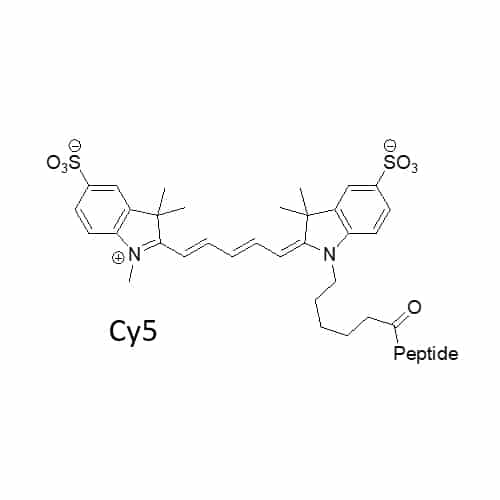
Cyanine dyes are applied for fluorescence detection in peptides, proteins and antibodies labeling. These dyes with different modifications confer different excitation and emission wavelength. The wavelength of Cy3 are excitation at 550 nm and emission 570 nm, while Cy5 are excitation at 650 nm and emission at 670 nm.
Custom Labeling Service
Qyaobio provide a wide range of premium fluorescent dyes from the whole visible to near infrared spectrum. All these fluorescent dyes can be applied for custom peptides. Peptides can be labeled with a single or multiple dyes or quenchers at different positions, including N-terminus, C-terminus, internal. These labeled peptides are suitable for applications in protein interaction, biomolecular trace, enzyme activity assays.
Call Us
+86(021)-50795728
+86(027)-60707970
